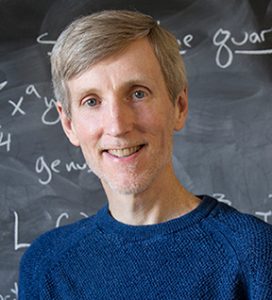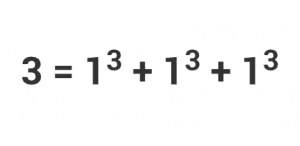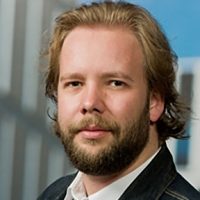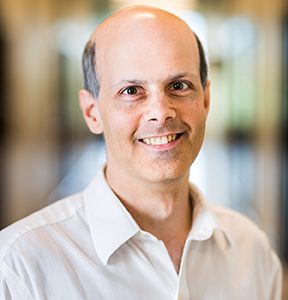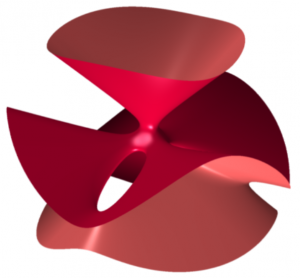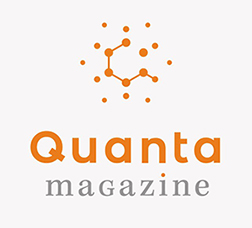Abelian varieties over finite fields
Currently the L-Functions and Modular Forms Database (http://www.lmfdb.org/) includes a database of isogeny classes of abelian varieties over finite fields, identified by their q-Weil polynomials. This meeting set out to enumerate the isomorphism classes within each isogeny class. In the ordinary case, this translates to a problem about complex lattices, and Marseglia has shown how to effectively solve this by enumerating ideal classes in CM orders.
The workshop started by setting up a schema for how we will identify isomorphism classes, including the desired structural data, and we kicked off computations in an initial range. We discussed how to compute polarizations on each isogeny class, and the solution to this problem (enumerating short lattice vectors subject to positivity, up to equivalence) also provides a way to compute isogenies between the isomorphism classes. This will be practical to compute – at least in some range – and we studied examples of isogeny graphs.
